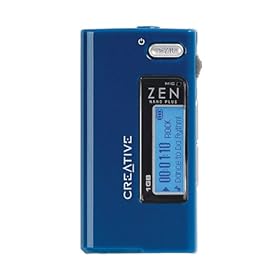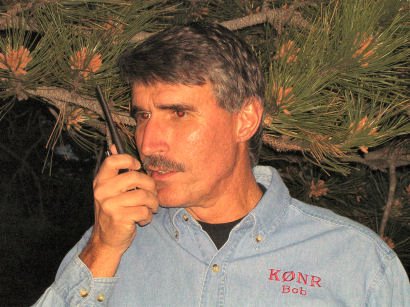Satellite Operation from Bonaire PJ4/K0NR
Everything had to be transported via airline, so the radio gear needed to be compact, which included HF and satellite gear.
The satellite station consisted of:
- Kenwood dualband HT (TH-79A)
- Arrow II 146/437 dualband antenna
- Zen NanoPlus MP3 Player (for logging), see previous post
- Earbud headphones
The first problem I ran into was that AO-51 was configured in a rather, uh, interesting mode of SSB uplink (146 MHz) and FM downlink (435 MHz). My little HT can't do SSB, so I was locked out of AO-51 for that week. In the second week of my trip, AO-51 was configured for 2.4 GHz uplink and 435 MHz downlink. OK, so I wouldn't be using AO-51.
Fortunately, another VHF/UHF FM satellite, SO-50 was available. In fact, it was really available. I had not been on the satellites for quite a while and my experience was that the FM birds were usually jammed with activity. The first time SO-50 came over I didn't hear a thing. I wondered whether I had the satellite tracking software set correctly. Daylight savings time had just changed but Bonaire does not change time, so I thought my PC might be off by an hour. I fiddled with the software until I convinced myself that I had the tracking software configured properly.
I finally figured out that the SO-50 was just not used much. Of course, Bonaire is in the southern Caribbean, near South America, so US stations were only workable for a few minutes of a pass. But still, SO-50 was very quiet. Then I realized that I normally rely on a signal on the downlink for me to adjust for doppler shift and point the antenna. Without a signal, this became more difficult. (My HT doesn't let me tweak the downlink frequency while transmitting.)
The next thing that happened was that I transmitted on the 2M uplink and heard terrible interference on the downlink frequency. It sounded like a local broadcast station was mixing with my uplink signal and showing up on the downlink frequency. Uh, oh, this was really bad since it completely wiped out my ability to listen on the downlink. There were several broadcast stations on the island, including Radio Netherland, but I did not verify the source of the interference. Clearly, my poor little HT receiver couldn't handle it.
The interference problem was solved by finding a good spot on the island that didn't have the problem. Presumably, this was far enough away from the source of the interference to eliminate the problem.
I made a few skeds via email and finally got going on SO-50, using the callsign PJ4/K0NR. Bonaire falls under the CEPT licensing system, so I was able to operate without any special application or permission.
It was fun activating PJ4. Thanks to the radio amateurs that took the time to work me in Bonaire. QSL to my home call.
73, Bob K0NR




